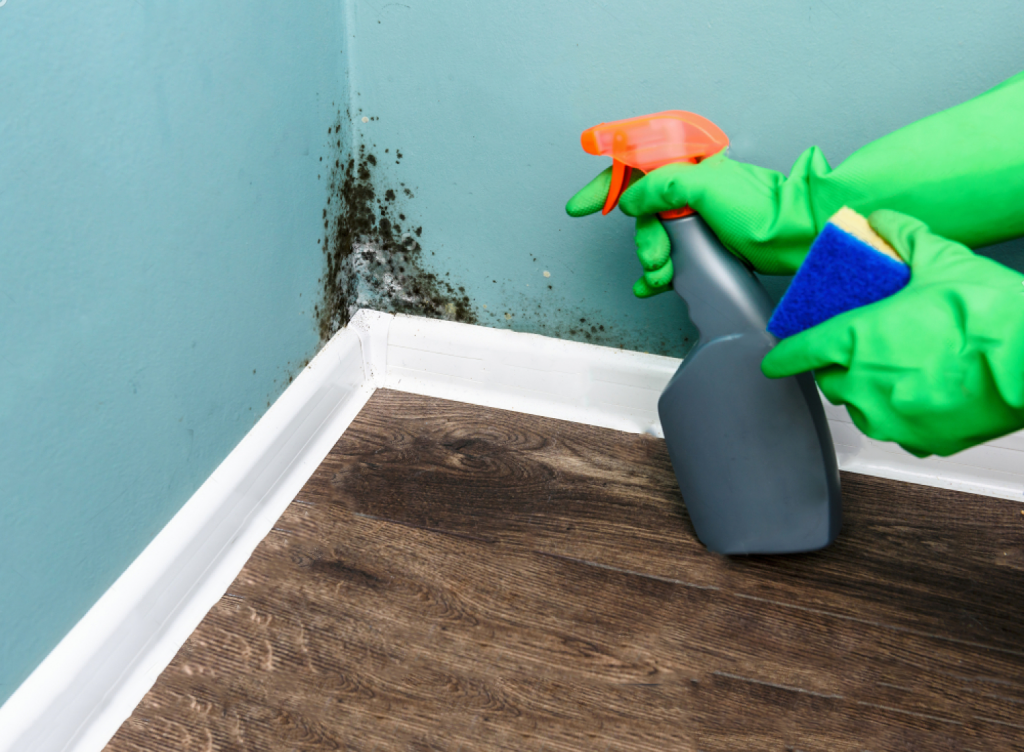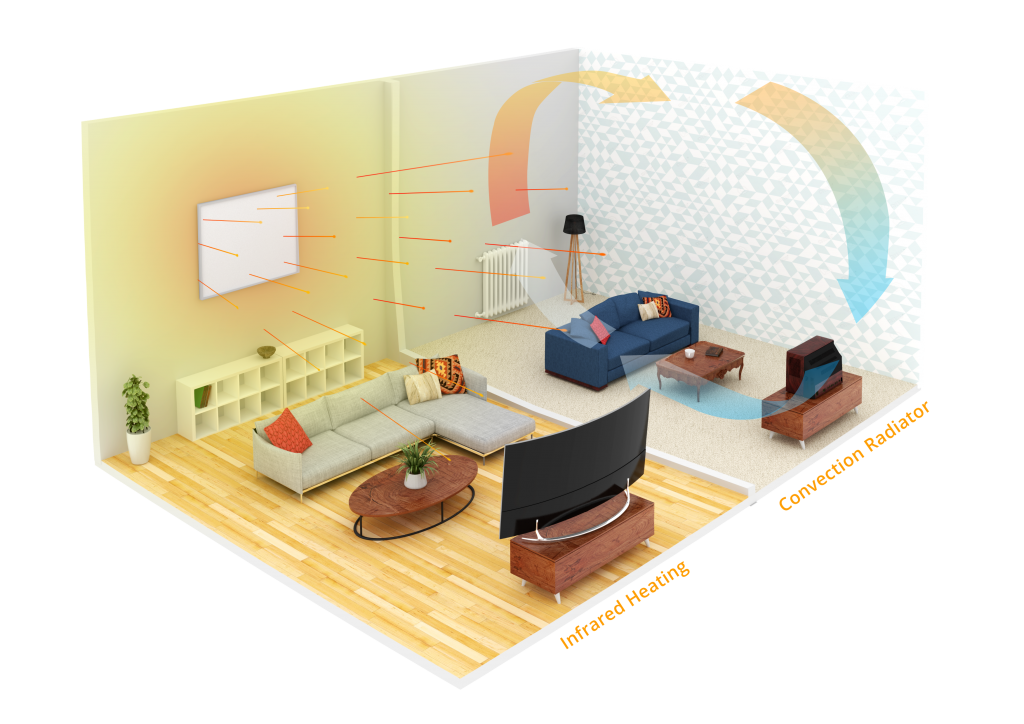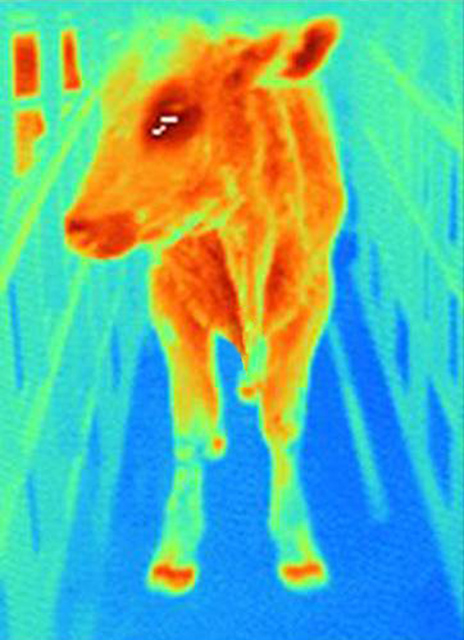Mould growth and damp spots in your room is such a common problem, and many different solutions never properly work. But what if we told you there was a way of solving this problem, without it breaking the bank?...

Conventional Issues with Mould
When a building is not properly heated or ventilated, a build-up of excess moisture can occur. This in turn leads to mould growth and damp spots, which can cause building damage and health issues. Mould growth in particular can cause respiratory problems, infections, and allergies. It can also affect the immune system, making it more likely that you’ll contract other health issues in the future.
Whilst methods of removing mould yourself do exist, they’re usually just reactive measures that don’t stop the problem, and certainly don’t prevent it happening again. You can scrub all the mould and mildew out of your walls, you can spend a fortune of new insulation or a new heating system, but conventional heating systems often just exacerbate the issue.
With a conventional heater, you get convectional currents. This is where they warm the air around them, which in turn rises, cools, and falls again, forming currents around the room. This can promote dust circulation, cold spots, and mould growth.
This is because warm air currents absorb and carry moisture even more than cool air currents. The air is stuffy, and can be very humid.

The Infrared Solution
Infrared heating is far more effective in eradicating mould and damp issues than any other temporary solutions, including expensive humidifiers. The way infrared heating works is completely different to other heaters, as it doesn’t actually heat the air around it. The way it dissipates heat is via infrared beams that are fired around the room. These heat the objects in the room, rather than the air around them. They bounce off each object, leaving them warmed, before they move onto the next object.
This obviously avoids the convectional currents issue, but also leaves the walls warm. How? Infrared beams are actually penetrative, being able to penetrate your own body by around three inches below the skin! Not only does this leave you with a brilliant feeling of warmth and contentedness, but they can actually penetrate the walls themselves.
Infrared heating leaves your walls warm, even when the heating has been turned off. It dries the walls out from the inside, eliminating any damp and mould growth there. Because the surfaces in your room are much warmer than when heated by a traditional radiator, there’s no need to worry about condensation forming, either. This means no damp, and no mould. It even works in bathrooms too, where mirrors won’t steam up, and the damp air won’t lead to damp walls. This means it could easily be said that infrared heating is better for your health than conventional heaters.
How Safe is Infrared Heating?
Very. As scary as it sounds, infrared heating is completely safe. It’s the same type of technology that’s already used in different situations, such as TV remote controls, burglar alarms, security lights, cooking, laser quest, and sending information between computers. The sun emits it too, which is how we feel the sun’s warmth. However, don’t get it mixed up with ultraviolet radiation. Infrared doesn’t have any negative effects – in fact, our own bodies emit infrared radiation, which is how thermographic cameras work in the military or airport security.

Get in Touch With Us
There you have it then. You can completely eliminate mould growth and damp spots with something as simple as infrared heating. That’s not the only positive aspect to infrared heating however – there are plenty of other advantages to infrared heating that’s in a no-brainer to switch across.
If you need any help or assistance with anything infrared heating related, then don’t be afraid to hit us up. Call us on 0116 321 4124, email us at sales@suryaheating.co.uk, like our Facebook page and follow us on Twitter.






 Accepted Here
Accepted Here